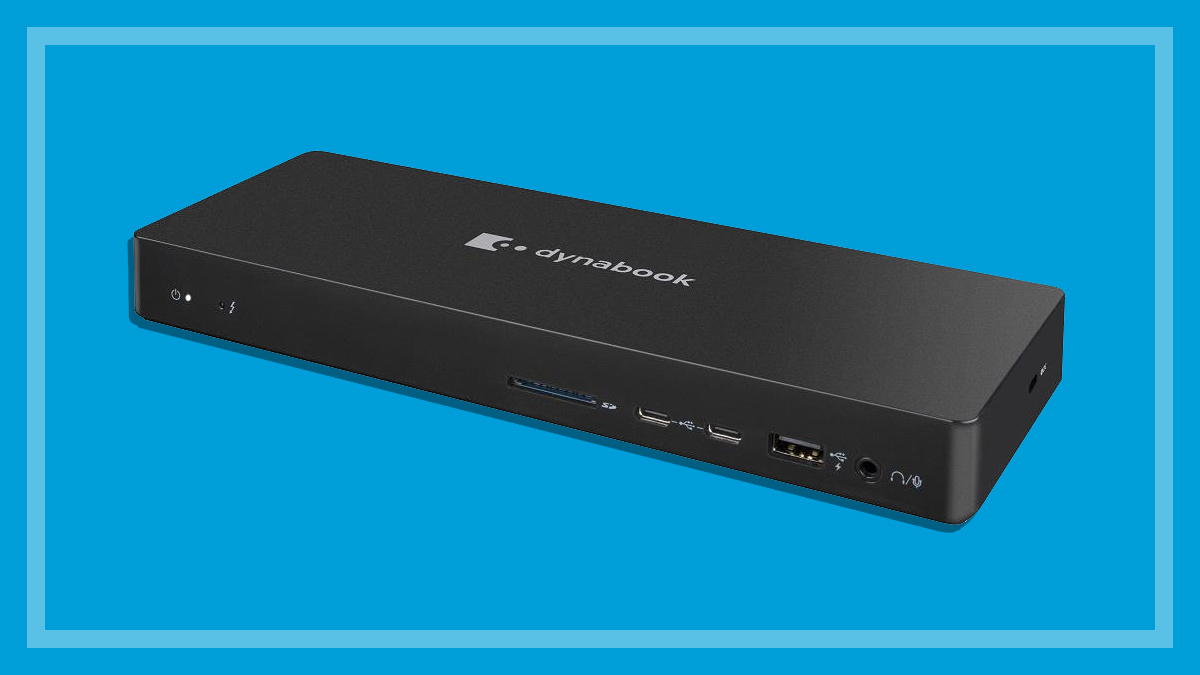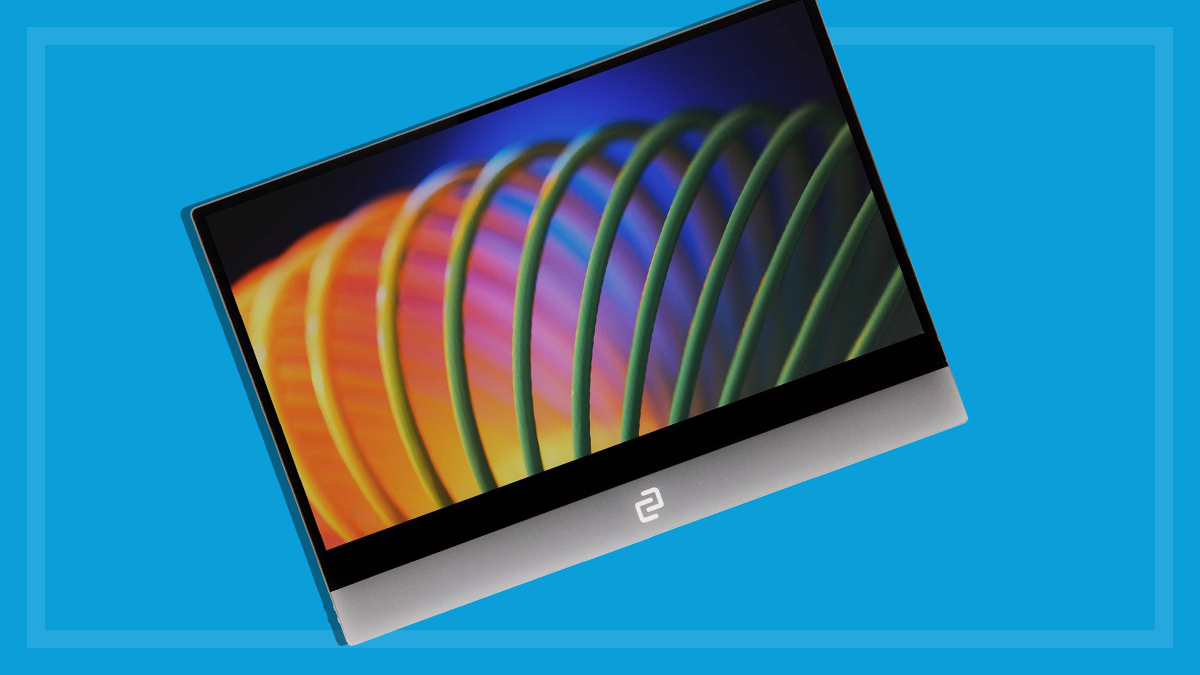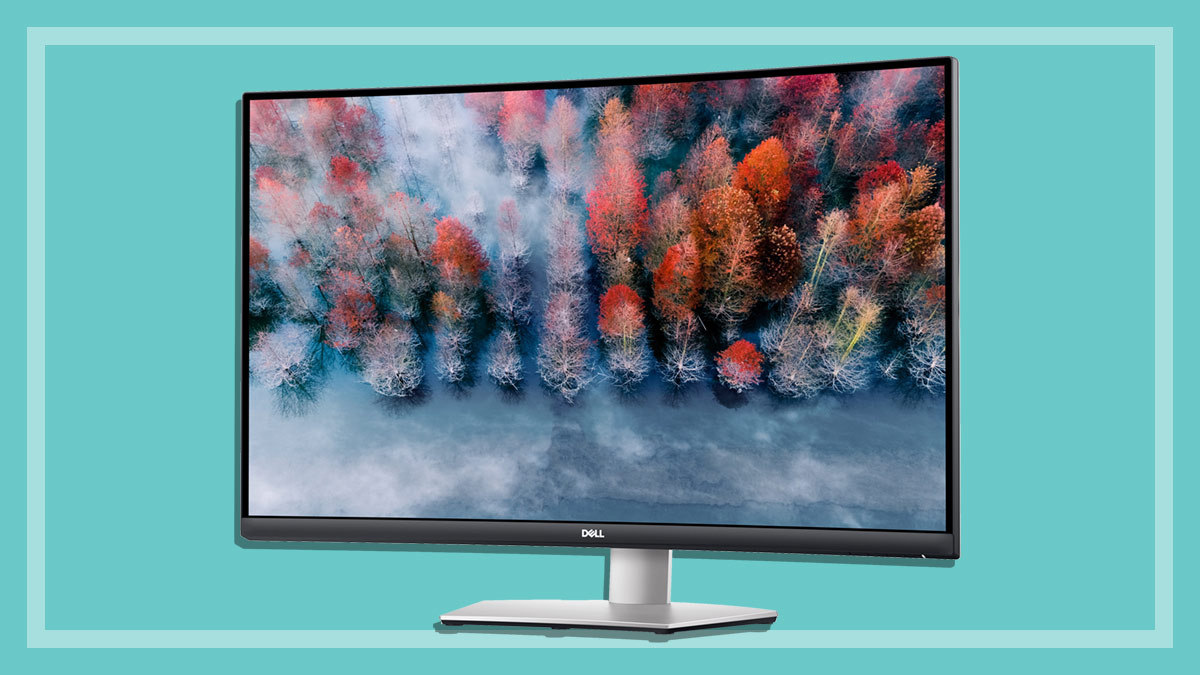Get our independent lab tests, expert reviews and honest advice.
How we test headsets

With more and more Australians working from home and attending meetings online via Zoom, Skype or Google Meet, a good quality headset – or headphones with a microphone – is an essential purchase.
On this page:
We test wired and wireless headsets and headphones to help you find a product that has good sound quality, is comfortable, durable and, most importantly, suits your needs. You may want nothing more than a simple headset for meetings, or maybe you’re after some good quality headphones for day-to-day use instead.
How we choose what we test
Our priority is to test what you see in shops and prominent online stores. We ask manufacturers and check current market figures to see what’s selling well, and we’ll also include models that you’ve requested. If a lot of members want it, we’re going to test it.
Our buyers then go out and anonymously buy the headsets from a variety of retailers and bring them in as-is. This means we get what you’d get, so we can be sure the results match what you’ll find and the products haven’t been ‘tweaked’ in any way.
Selecting headsets
We test a broad range of affordable and higher-end products to cover as much of the market as possible. These include products that:
- are marketed as headsets or headphones compatible with smartphone/PC video chat
- have internal or external microphones (on an arm)
- are around-ear, on-ear or in-ear (earbuds)
- are wired and/or wireless
- connect with Bluetooth, auxiliary (3.5mm) or USB-A.
How we test
We assess sound quality (sending and receiving), comfort, durability and ease of use.
Sound receiving and sending
We set up a video call using Google Meet on two Windows PCs. At one end, we connect a broadcast quality microphone to a laptop, then mount it 10cm from a speaker playing a recorded message on loop. The speaker is set at a human’s average speaking volume, approximately 70dB, and played into the microphone.
Three panelists assess the quality of the headsets and headphones by listening to the recording through a Google Meet chat in a soundproof room, on a separate Windows laptop. They listen for clarity, volume, echo, warmth, distortion, signal strength and interference such as hiss or crackle.
Next, we play the recorded message through the headset and headphone microphones. Panelists assess the quality of the mic by listening to the recording in the same soundproof room on a pair of reference grade headphones.
Fit and comfort
Three panelists put the headsets and headphones on and adjust them accordingly. This includes moving the microphone arm (if applicable) and sliding the headset band for optimum fit. They assess how easy it is to use the sliders, fit the earbuds and adjust the microphone arm, and whether joints feel secure or loose when putting the headset on.
Panelists note comfort on the top of the head, on, around or in-ears and whether the headset or headphones shift or fall out when moving (e.g. when bending over to pick up a pen). They also consider restrictiveness of wires and clips during movement, particularly if the cable is short and prone to curling. Wireless headsets score 100% by default in this part of the test.
Durability
We assess the quality of materials used and whether the cable is prone to tangling, if applicable. Joints, sliders and cable connection points undergo a basic stress test in a typical usage environment to see if they feel secure or loose. We also look at whether headset or earbud parts can be easily replaced, such as the padding around the ear.
Ease of use
We test the setup and connection process as well as using controls such as volume and mute.
General data we collect
In addition to product specifications, we also make sure the headsets and headphones are compatible with popular programs and operating systems. This includes Windows, MacOS, iOS and Android, and Facebook Messenger, Google Meet, Skype and Zoom.
Test criteria explained
The overall score is a combination of sound receiving and sending, comfort, durability and ease of use.
- Sound receiving (30%)
- Sound sending (30%)
- Fit and comfort (25%)
- Durability (10%)
- Ease of use (5%)






